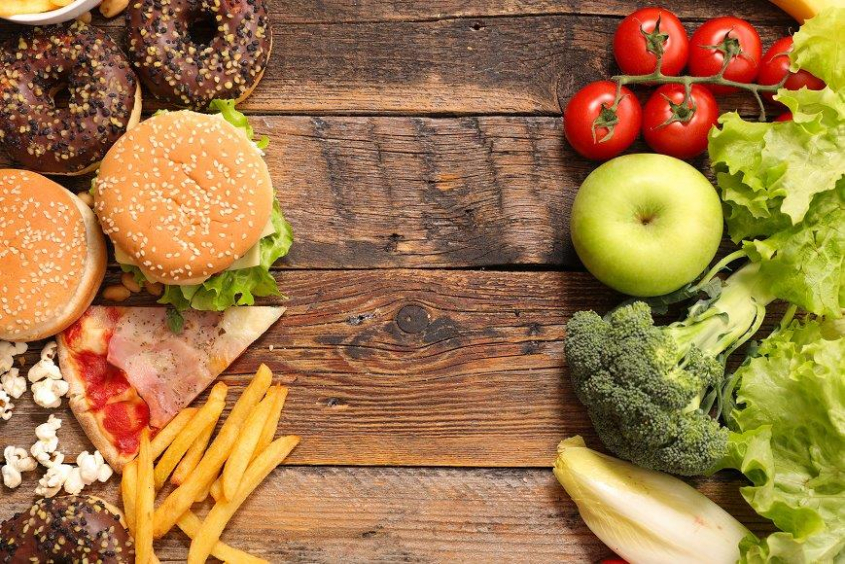
The Paper of the Month for December is from Public Health Nutrition and is entitled ‘Upstream and downstream explanations of the harms of ultra-processed foods in national dietary guidelines' by Madalyn Quinn, Helen Jordan and Jennifer Lacy-Nichols.
The health impacts of eating too many ultra-processed foods are well known. Not only are ultra-processed foods high in sugar, salt, and fats, they have other chemicals and properties that contribute to poor health outcomes. Despite this, most dietary guidelines from across the world do not discuss the harms of ultra-processed foods.
Our research has shown that in the guidelines that do, the words used to refer to ultra-processed or ‘unhealthy’ foods vary significantly. Across the 20 dietary guidelines included in our analysis, there were 17 different descriptive terms used across and within guidelines to refer to types of ultra-processed foods. The terms used included ‘processed food’, ‘snack food’, ‘junk food’, and ‘takeaway’ – yet these terms are imprecise and capture far more than just ultra-processed foods. While the terms ‘snack foods’ and ‘takeaway’ often imply unhealthy, ultra-processed foods, there is also the option of having healthy snack foods such as fruit or nuts, or choosing healthier takeaway options.
In addition, many guidelines used loosely the term ‘processed’, but the NOVA framework makes clear that food processing per se is not harmful. For example, the definition of processed foods as described by the NOVA framework can include any food that has undergone simple processing techniques that aren’t inherently harmful, such as cooking, salting, freezing, or fermenting. By ignoring this distinction, dietary guidelines risk confusing consumers by implying that all food processing is harmful, when it is industrial, ultra-processing that carries the risk.
This ambiguity in language describing ultra-processed or unhealthy food is a problem for two reasons. Firstly, it creates confusion for the direct consumers. With the wide range of food products available on supermarket shelves today and the intense marketing strategies associated with promoting products, clear, specific advice is needed around what types of foods are healthy or not. Secondly, dietary guidelines are a powerful policy tool that often inform public policies relating to nutrition, agriculture, trade, and health on a national level. Therefore, it is essential that the language in these documents referring to ultra-processed foods is consistent within and across dietary guidelines to ensure that policies are explicit and accurately target the presence of ultra-processed foods in the food environment.
